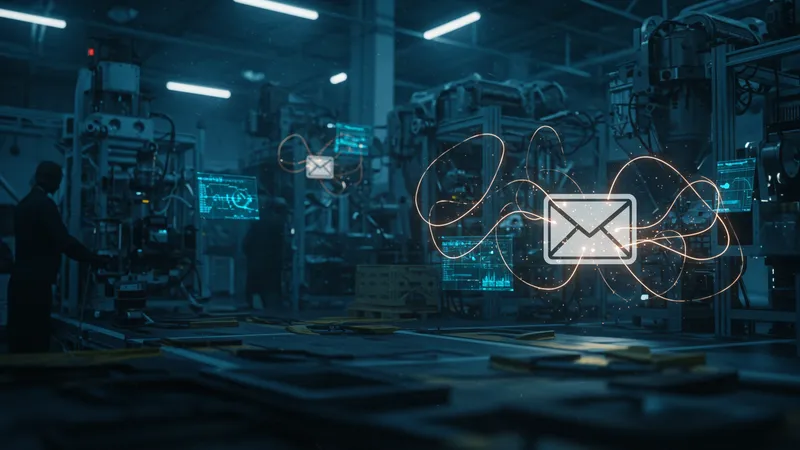
What Are The Top Cybersecurity Risks For Smart Factories In 2025?
Supply Chain Infiltration: A Quiet Killer
Modern smart factories rely heavily on interconnected supply chains, creating a digital web ripe for exploitation. Cybercriminals are no longer attacking the fortress directly; instead, they target vulnerable links within the supply chain. This indirect approach often goes unnoticed, allowing them to infiltrate networks stealthily.

Consider a simple email from a small supplier containing malware. Once opened, it grants hackers access to a larger network. This modus operandi allows breaches to escalate quickly and covertly. The scary part? Often, these infiltration tactics remain undetected until significant damage occurs. But there’s another layer…
The consequences of supply chain attacks extend beyond immediate financial losses. They disrupt production schedules, erode customer trust, and lead to cascading contractual penalties. Organizations need to adopt rigorous supplier vetting and monitoring strategies to safeguard against these silent intrusions.
The vulnerability isn’t just external. Firms often overlook internal threats, underestimating how disgruntled employees or weak internal policies can open doors for attackers. This dual-threat perception is crucial for shielding assets and maintaining a solid security posture. And it turns out, there’s more than meets the eye.